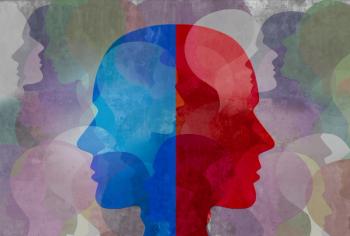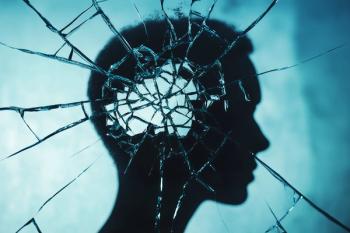
|Slideshows|October 29, 2015
3 Features of Psychosis
Author(s)Laurie Martin
In psychosis, the mind disposes of or deflects certain (real) information. Is that so different from a “nonpsychotic” mind?
Advertisement
Source: The Dynamics of Psychosis: Therapeutic Implications, by Brian V. Martindale, FRCP, FRCPsych.
Newsletter
Receive trusted psychiatric news, expert analysis, and clinical insights — subscribe today to support your practice and your patients.
Advertisement
Latest CME
Advertisement
Advertisement















